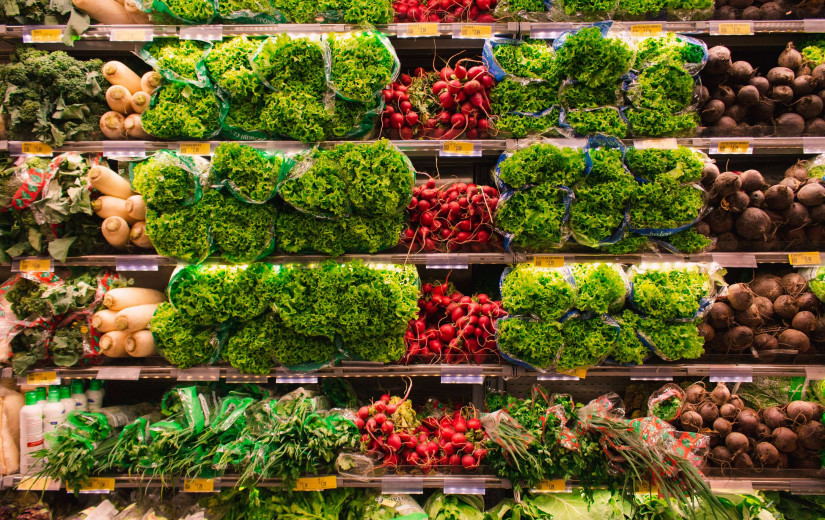Having Trouble Falling Asleep at the Right Speed? What You Can Do to Help
While some people may think that falling asleep as soon as your head hits the pillow is a sign of good health, heading off to dreamland as soon as you close your eyes is not indicative of good sleep habits. Instead, you want to aim to fall asleep about 15 minutes after you crawl into bed. This length of time is the right balance between being sleep-deprived or suffering from insomnia.
A healthy sleeper will take this amount of time to relax and get adjusted to their surroundings before finally drifting away. Here are a few ways that you can train your body to fall asleep during this ideal time range.
Create a Comfortable Sleeping Environment
You cannot expect to sleep well each night if you do not enjoy a comfortable and inviting sleeping environment. It is easy to ignore the comfort and style of your own bedroom since it is not normally in view of guests. However, you owe it to your sleeping patterns to do your best to make this room a personal sanctuary.
Start with making sure that you have a cozy bed. Your mattress is one of the best investments that you can make for your overall health. You also need to ensure that the room is set to the right temperature. Some people find a white noise machine helpful in blocking out distractions. You may also consider investing in room darkening shades if you need to sleep at off hours.
Use Your Bed Only for Sleeping
If you are particularly fond of your bed, you may be tempted to snuggle up in it while watching television, reading, or using your phone. While this may sound fine in theory, it actually may be making it more difficult for you to fall asleep at an ideal time. Using your bed for reasons other than sleeping or sex may confuse your brain and make it more challenging to fall asleep when you want to. Instead, you want to train your brain to associate the bed and pillow solely with sleeping only.
Make a List of Worries
One of the biggest roadblocks in your quest to fall asleep within an acceptable amount of time is stress that may keep you awake. In order to keep these worries at a minimum so that they do not interfere with your ability to fall asleep, you should consider keeping a list of worries next to your bed. Before turning out the light, take some time to write down everything that may keep you up at night. The simple act of putting these on paper will send the signal to your brain that you can worry about them in the morning rather than letting them prevent you from drifting off with a calm mind.
Establish a Routine
The people with the most successful sleep habits often have a set routine that they follow in the minutes before getting into bed. This is a personal preference depending on what steps you can find to ready yourself for your slumber. It may be having a small snack, reading a chapter of a good book, engaging in some personal hygiene practices, or listening to soothing music. Once you establish your routine as a habit, your body will pick up on these signals and learn that now is the time to get ready to fall asleep.
Calm Your Mind
You will never drift off to sleep peacefully if your mind is racing. Being intentional about calming your mind will support better sleeping habits, including the ability to fall asleep when you are ready. There are a number of ways that you can calm your mind and relieve stress and anxiety before slipping between the sheets. Good ideas include meditation, journaling, or doing yoga or gentle stretching exercises. Remember to breathe deeply if you feel as if your body is too tense heading into the bedtime hour.
These steps will go a long way in helping you to fall asleep within the ideal time frame. Once you train your body to make this happen, you will find that your sleep patterns greatly improve.

















